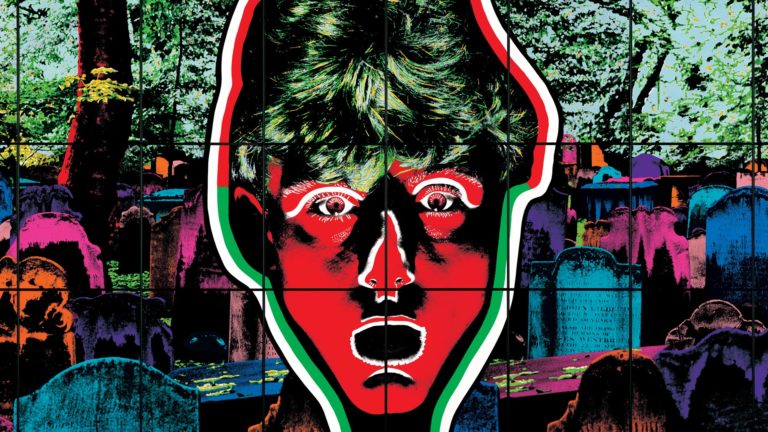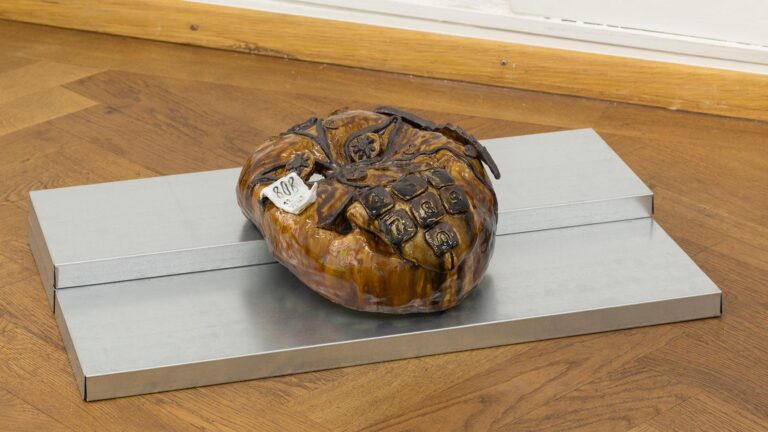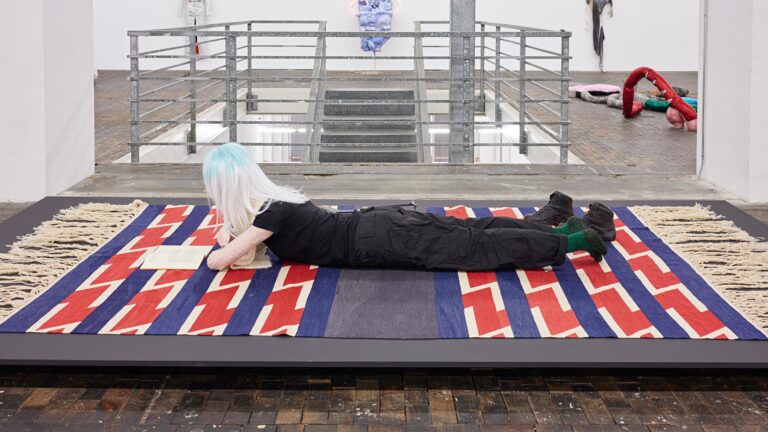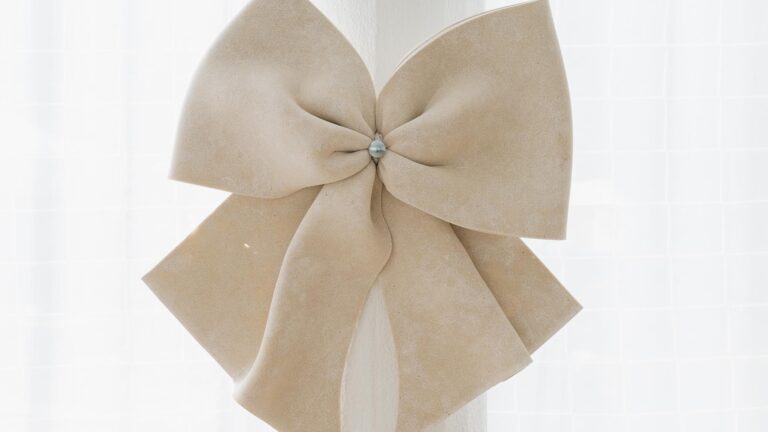Markus Schneider, Marcus Schneider, Markus Jura Suisse or simply Markus. For some, these names will bring back memories of a rough, scruffy man: an artist in rupture who chose a life without fixed abode or comforts. Today, the reputation of the graphic designer from Basel continues to precede him. “He regularly had outbursts of anger,” confesses one. “An outrageous character”, we hear somewhere else… “The face of the Christ!” says a woman in awe, in Edgar Hagen’s documentary on this ‘prodigal son’.
But what do we know about the works, words and gestures prior to his nomadic period? – What have we learned about the man? His radical strangeness? Perhaps his ruggedness, or the fascination – sometimes marked with disgust or mockery – that Markus provoked in others. He also drew some of his own wrath.
In 1979, for instance, Markus was invited to join the first collective sculpture exhibition at the castle of Porrentruy (CH). He placed a rusty metal sheet in the castle courtyard, expressly blocking the panoramic view of the medieval city. “The artist should be executed!” an angry visitor exclaimed. Having heard about the complaint, Markus designed and distributed an official invitation for his own execution. On the appointed day, he stood in front of his artwork, waiting for the angry visitor to come and shoot him in the head. He explained that the hole left by the bullet in the metal sheet could then be used as a peephole, allowing passersby to admire the landscape again. To the artist’s regret, no one responded to the invitation.
VORSICHT, DRAMATISCHER INHALT chronologically displays a selection of the hundreds of pages Markus wrote, drew on or painted; objects he tinkered, collected or signed until his passing in 2021; as well as “conventional” works he produced at the beginning of his graphic design practice in the 1960s.
Markus was a stubborn man; his body responded to the movements of philosophical and spiritual values from which he did not disassociate himself, although he sometimes tried to collaborate with the protocol services of the state. His design practice thus evolved in parallel to his life choices. From structured designs responding to commissions to compulsively signed benches, chairs and match packs, it is the changing flow of his artistic approach that can be observed at Smallville. The presentation of these archives, gleaned by others when he himself left them behind with each new departure, dusts off various chapters in the graphic designer’s life.








































